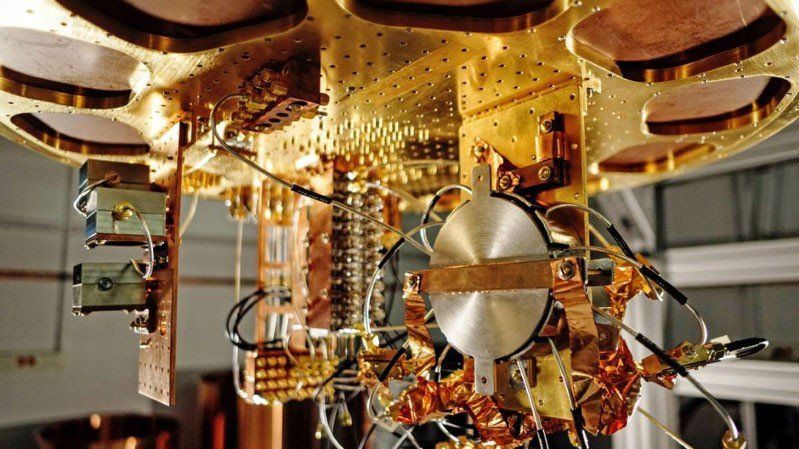

Minutes: CENF-NDintromeeting_minutes.pdfĪ short mail from each member with expression of interest for one or more (sub) topics would be welcome.Modern Physics Letters A (MPLA) article on Neutrino-Messaging featured in Leading MagazinesĪ recently-accepted article - Demonstration of Communication Using Neutrinos - that appeared in World Scientific's journal Modern Physics Letters A (MPLA) has been featured in well-respected magazines such as The Economist, Popular Science and New Scientist.Meetings in indico (CERN, Home » Projects » CENF » Near Detectors)įirst general vidyo meeting on Tuesday 11th July at 14:00 CEST : If you are interested to join the CERN effort on near detector for neutrino experiments, A separate Twiki page and mailing list have been set up for each Work For the various contributions to the current main systematic errors (flux, cross-section modelling, pi0 background) the dedicated WG will address the paths to its reductions and the definition of detector requirements and Monte Carlo generators will be the final deliverable.Ī fifth working group will identify and support the R&D necessary to implement possible ND concepts.Ī preliminary list and purposes of the WG activities is presented below. The work will be organised into four working groups. It also aims at fully integrating in this CENF-ND effort the groups active in the preparation and design work of the HyperKamiokande ND system so at to address their needs. The CENF-ND working group will work in close contact with the DUNE Near Detector Concept Study (see also near detector task force and workshops ) with the purpose to actively contribute to the final design. The final design of the detector(s) will be then derived by the compromise of the best technology solutions to achieve the desired measurements. This collaborative effort (CENF-ND) will address the physics needs first, without any assumption on the detector technology. Developments from all these efforts can be of interest for the entire Neutrino community and thus be part of a wider project.

In the past two decades the European neutrino community has acquired significant know-how in detector technology for a wide range of neutrino physics topics, which is a crucial background to define the best design of a near detector.ĬERN proposes to act as a forum for the European effort to understand the needs and requirements for the future generation of Near Detectors and in parallel to contribute to improve the existing neutrino event generators.Įven though this study group was initially motivated by the DUNE needs, its goals and participation extend to a larger audience.Ī wealth of experimental and theoretical activities, ideas, collaborations, is emerging in Europe, some of them already connected with CERN, as for instance the Neutrino theory group, the ArgonCube and BabyMind detector activities, and more recently the Expression of Interest for Near detectors based on gas TPC. As demonstrated by current experiments ( MINOS, T2K, NOvA ), near detector(s) will be a key element to achieve this goal, together with neutrino event generators and complementary measurements/simulations as hadron production. The next generation long-baseline experiments aim to unprecedented systematic accuracy (better than 3%). A collaborative effort toward the design of a Near Detector for the new generation of accelerator long-baseline neutrino oscillation experiments


 0 kommentar(er)
0 kommentar(er)
